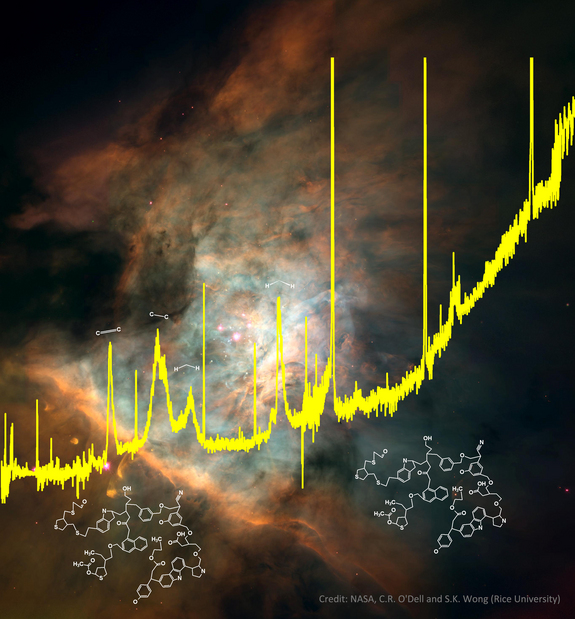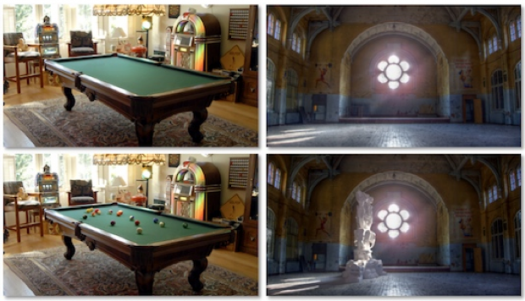
© CorbisExperiments have shown that mice with no gut microbes show differences in how much they move and in their anxiety-like behavior than mice with normal gut bacteria.
The bacteria in our gut may be controlling our lives more than we ever realized.
In the latest findings, published today in
Nature, a link between gut bacteria and the development of multiple sclerosis in mice was shown. Studies have also examined gut bacteria in relation to obesity, depression and much more.
More human studies are emerging hinting at the role the bacteria in our guts may play well beyond helping us to digest our food.
"What has been observed in humans with regard to obesity is that there seems to be a difference in the number of kinds of bacteria in the gut," said Rob Knight of the University of Colorado, Boulder. "That number is much lower in obese people than in healthy people."
Researchers have also seen differences in bacteria between mice bred to be obese versus those of normal weight. In one experiment, researchers found that an obese mouse's gut microbes extracted more of the calories from a given parcel of food than did those of non-obese mice.
This caused the obese mice to gain more body fat than the non-obese mice did.
But even stranger, in a type of mouse with a different mutation that leads to obesity, transferring gut microbes from the obese mice into other mice led the non-obese mice to eat more.



